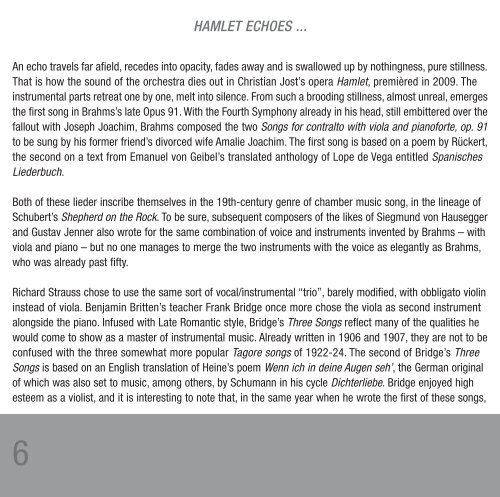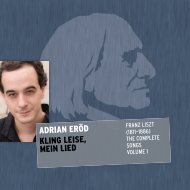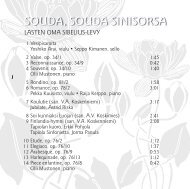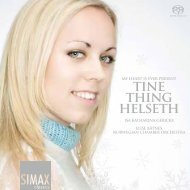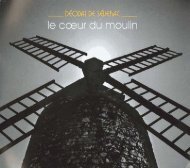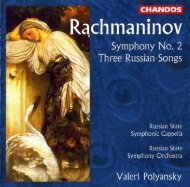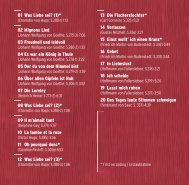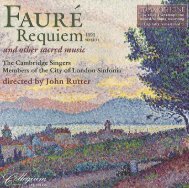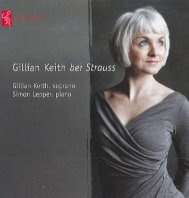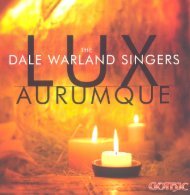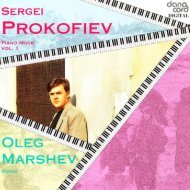Erfolgreiche ePaper selbst erstellen
Machen Sie aus Ihren PDF Publikationen ein blätterbares Flipbook mit unserer einzigartigen Google optimierten e-Paper Software.
<strong>HAMLET</strong> <strong>ECHOES</strong> ...<br />
An echo travels far afield, recedes into opacity, fades away and is swallowed up by nothingness, pure stillness.<br />
That is how the sound of the orchestra dies out in Christian Jost’s opera Hamlet, premièred in 2009. The<br />
instrumental parts retreat one by one, melt into silence. From such a brooding stillness, almost unreal, emerges<br />
the first song in Brahms’s late Opus 91. With the Fourth Symphony already in his head, still embittered over the<br />
fallout with Joseph Joachim, Brahms composed the two Songs for contralto with viola and pianoforte, op. 91<br />
to be sung by his former friend’s divorced wife Amalie Joachim. The first song is based on a poem by Rückert,<br />
the second on a text from Emanuel von Geibel’s translated anthology of Lope de Vega entitled Spanisches<br />
Liederbuch.<br />
Both of these lieder inscribe themselves in the 19th-century genre of chamber music song, in the lineage of<br />
Schubert’s Shepherd on the Rock. To be sure, subsequent composers of the likes of Siegmund von Hausegger<br />
and Gustav Jenner also wrote for the same combination of voice and instruments invented by Brahms – with<br />
viola and piano – but no one manages to merge the two instruments with the voice as elegantly as Brahms,<br />
who was already past fifty.<br />
Richard Strauss chose to use the same sort of vocal/instrumental “trio”, barely modified, with obbligato violin<br />
instead of viola. Benjamin Britten’s teacher Frank Bridge once more chose the viola as second instrument<br />
alongside the piano. Infused with Late Romantic style, Bridge’s Three Songs reflect many of the qualities he<br />
would come to show as a master of instrumental music. Already written in 1906 and 1907, they are not to be<br />
confused with the three somewhat more popular Tagore songs of 1922-24. The second of Bridge’s Three<br />
Songs is based on an English translation of Heine’s poem Wenn ich in deine Augen seh’, the German original<br />
of which was also set to music, among others, by Schumann in his cycle Dichterliebe. Bridge enjoyed high<br />
esteem as a violist, and it is interesting to note that, in the same year when he wrote the first of these songs,<br />
6


